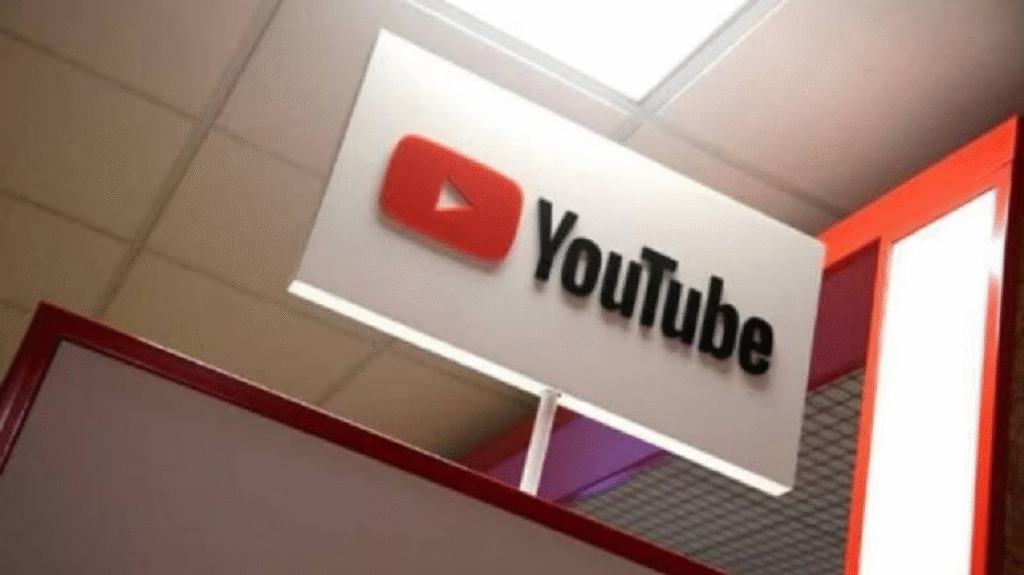YouTube is once again tightening its rules for creators. In a significant policy shift, the platform is updating its monetization guidelines under the YouTube Partner Program (YPP) to tackle the growing influx of mass-produced, repetitive, and AI-generated content. This YouTube monetization change is designed to preserve content quality, protect advertisers, and reward original creators.
With this update expected to roll out from July 15, 2025, creators must now ensure their content is authentic, creatively valuable, and human-led if they want to continue earning from ads, memberships, or Super Thanks.
⚙️ What’s Changing in the YouTube Monetization Policy?
The new YouTube monetization policies primarily target a trend YouTube refers to as “slop content”—AI-generated or templated videos that provide little to no unique value. Here’s what the update addresses:
1. Repetitive and Mass-Produced Content
YouTube will now more aggressively demonetize channels that:
- Upload content using the same structure or script repeatedly
- Auto-generate videos from text or data feeds (e.g., news, facts, summaries)
- Use basic slideshows, background loops, or AI voiceovers without transformation
This type of content has become especially prevalent with tools like ChatGPT, Pictory, and other video automation platforms.
2. AI-Generated Videos
Not all AI is banned. YouTube clarified that AI-assisted videos are allowed, but only if they’re transformed in a meaningful and creative way. For instance:
- A human-edited documentary using AI tools for B-roll or scripting is allowed.
- A fully AI-generated video with zero personal input or commentary will likely lose monetization eligibility.
3. Policy Enforcement
The updated policy gives YouTube the right to:
- Demonetize individual videos or entire channels without prior notice
- Suspend monetization access temporarily or permanently
- Ask creators to appeal or revise content to regain eligibility
📉 Why Is YouTube Making This Change?
The rise of AI content has resulted in a flood of low-quality, duplicate videos, harming both viewer experience and advertiser trust. Many of these videos are:
- Misinformative or lacking context
- Created with no personal insight
- Flooding the recommendation algorithm and reducing visibility for original creators
Advertisers are also demanding better quality control, fearing brand safety issues on AI-generated content.
YouTube, under Google, is prioritizing platform integrity. This change aligns with updates made earlier this year by Meta and TikTok, which also introduced measures to curb AI spam.
🧠 What Counts as “Inauthentic” or Low-Value Content?
According to YouTube’s updated inauthentic content guidelines, the following will likely face demonetization:
| ❌ Violates Policy | ✅ Likely Allowed |
|---|---|
| AI-generated top 10 lists with no narration | AI-assisted listicles with original voiceover & commentary |
| Text-to-speech videos reading from Wikipedia | Commentary videos with research and personal opinion |
| Slideshows of stock images with no value | Illustrated stories with original scripts |
| Loop videos or re-uploaded public domain clips | Fair use content with added analysis or reaction |
Creators using AI tools must now prove “editorial insight or transformation”.
✅ What Can Creators Do to Stay Monetized?
Here are some best practices for complying with the new policy:
- Add Human Touch: Include commentary, facecam, or unique scripting.
- Cite Sources: Avoid just paraphrasing or copying data without credits.
- Use AI Responsibly: Treat AI as a helper, not a replacement.
- Avoid Over-Automation: Don’t upload 20 similar videos with the same structure.
- Focus on Community: Interact with viewers through comments, polls, and live chats to demonstrate human presence.
💬 YouTube’s Official Statement
In a recent blog post, YouTube said:
“We believe creators who bring value, insight, and originality to their content should be the ones rewarded. Our updated policies aim to support authentic storytelling and discourage automated, low-effort mass production.”
📅 When Will the New Policy Take Effect?
The new Youtube monetization criteria will be enforced starting July 15, 2025. Existing videos may be reviewed retroactively, and channels with a history of low-value content could be flagged.
Affected creators will be notified in their YouTube Studio dashboard, where they can appeal or rework content.
🔚 Final Thoughts
This update represents a turning point in YouTube’s strategy against AI saturation and content farming. While it may challenge some creators—especially those using faceless or automated content—it also rewards originality, storytelling, and genuine human effort.
For creators, this is an opportunity to re-evaluate content strategies and ensure compliance with YouTube’s mission to make the platform better for viewers, advertisers, and storytellers alike.
To read more Indian Laws and news, visit Legal Guide India



